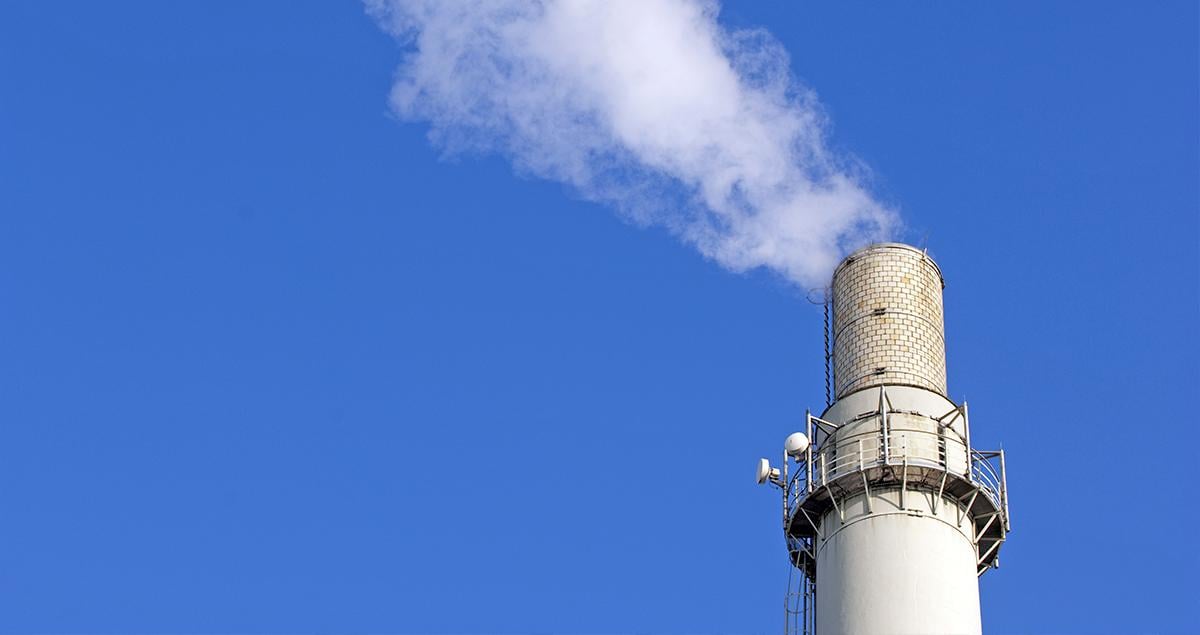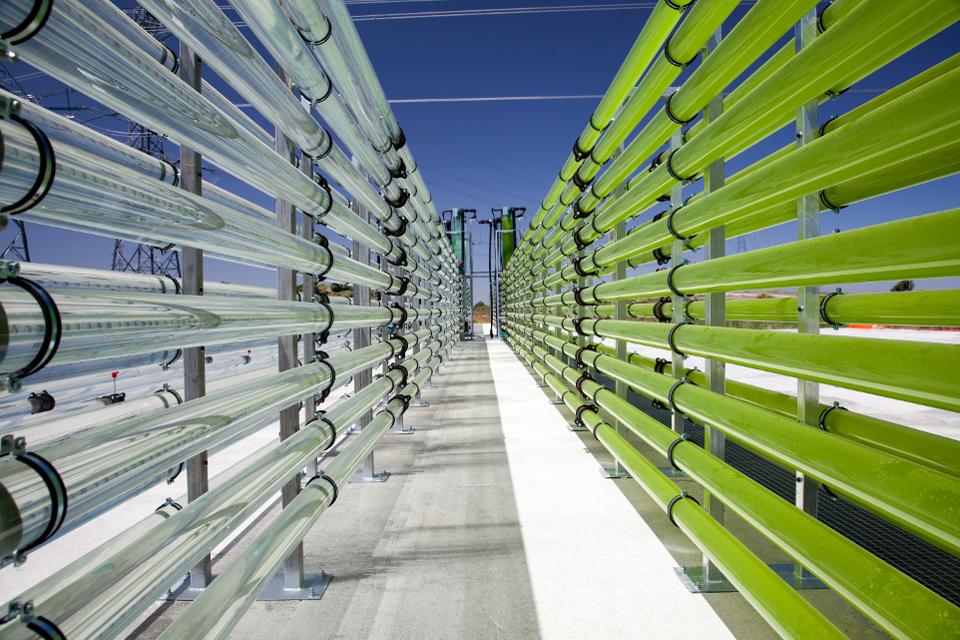How carbon capture tech is easing industry’s green transition

Scientists on the UN’s Intergovernmental Panel on Climate Change (IPCC) commissioned by the United Nations to provide guidance to global leaders on the economic and humanitarian impacts of climate change reviewed more than 6,000 scientific studies before reaching a devastating conclusion: Greenhouse gases (above all carbon dioxide, or CO2) must be reduced by 45 percent by 2030, and 100 percent by 2050, to deter a 2.7-degree Fahrenheit increase (from pre-industrial levels) in global temperatures.
With nearly 200 countries on board, the Paris Agreement offers hope for reducing the production of greenhouse gases in the future. But more needs to be done today to avoid the dire fate the IPCC projects. As we work toward a decarbonized energy future, the widespread use of carbon capture technology will likely be an indispensable strategy in our toolkit.
Seize, store and sell
The potential of this technology to reduce greenhouse gas emissions is “considerable,” the IPCC states, estimating that carbon capture can trap up to 85 to 90 percent of the CO2 emissions produced from the use of fossil fuels in industrial processes and electricity generation, effectively preventing that CO2 from entering the atmosphere.
The IPCC is not alone in its support for increasing use of this promising technology. In a 2016 report titled “20 Years of Carbon Capture and Storage,” the International Energy Agency (IEA) suggests that wide-scale use of carbon capture would result in a 19 percent reduction in global CO2 emissions by 2050. However, this projection assumes the creation of approximately 3,400 carbon capture plants before that date. More action is needed, and quickly, to achieve these numbers; only 17 large-scale carbon capture plants exist in the world today, capturing roughly 40 million metric tons of carbon dioxide each year, a scant 0.1 percent of total global emissions.

In and out
The IEA recently noted that carbon emissions from advanced economies rose for the first time in five years in 2018. Given the economic challenge of substantially reducing fossil fuel use in electricity generation and industrial processes, carbon capture appears to be a practical, immediate solution.
Carbon capture and storage consists of three main parts: capturing, transporting and storing the CO2, the latter either underground in depleted oil and gas fields or in deep saline aquifer formations. The first leg of this journey entails separating CO2 from the other gases produced in industrial processes and electricity generation. The CO2 can then be transported to safe storage via pipeline, road tanker or ship.
The Petra Nova Project is the world’s largest carbon capture project at a coal power plant and is located just outside of Houston. The plant can capture about 1.4 million metric tons of CO2 each year.
In 2017, Mitsubishi Heavy Industries (MHI) Group, a carbon capture pioneer, along with its consortium partner, TIC, completed construction of Petra Nova’s post-combustion carbon capture and compression system, which captures more than 90 percent of the CO2 from a flue gas stream.
To provide a revenue stream for carbon capture, the CO2 is compressed, transported and pumped underground into an oil formation to increase overall oil production.
Just one of many
Carbon capture alone will not curtail the progressive warming of the planet, but it is a step that can be taken now — free from political wrangling. In recognition of the technology’s value, the U.S. Congress introduced bipartisan legislation in early 2018 to provide tax credits to companies that capture or reuse their CO2. President Trump signed the legislation into law.
Known as the 45Q tax credit, it provides carbon-producing companies a credit of up to $50 per ton over a 12-year period after the start of operation, depending on how the CO2 is used.
Even Congress could appreciate that a financial incentive was needed for industry to rapidly scale up carbon capture technology. Now the onus is on companies and the government to continue to find ways to realize more carbon capture projects.





